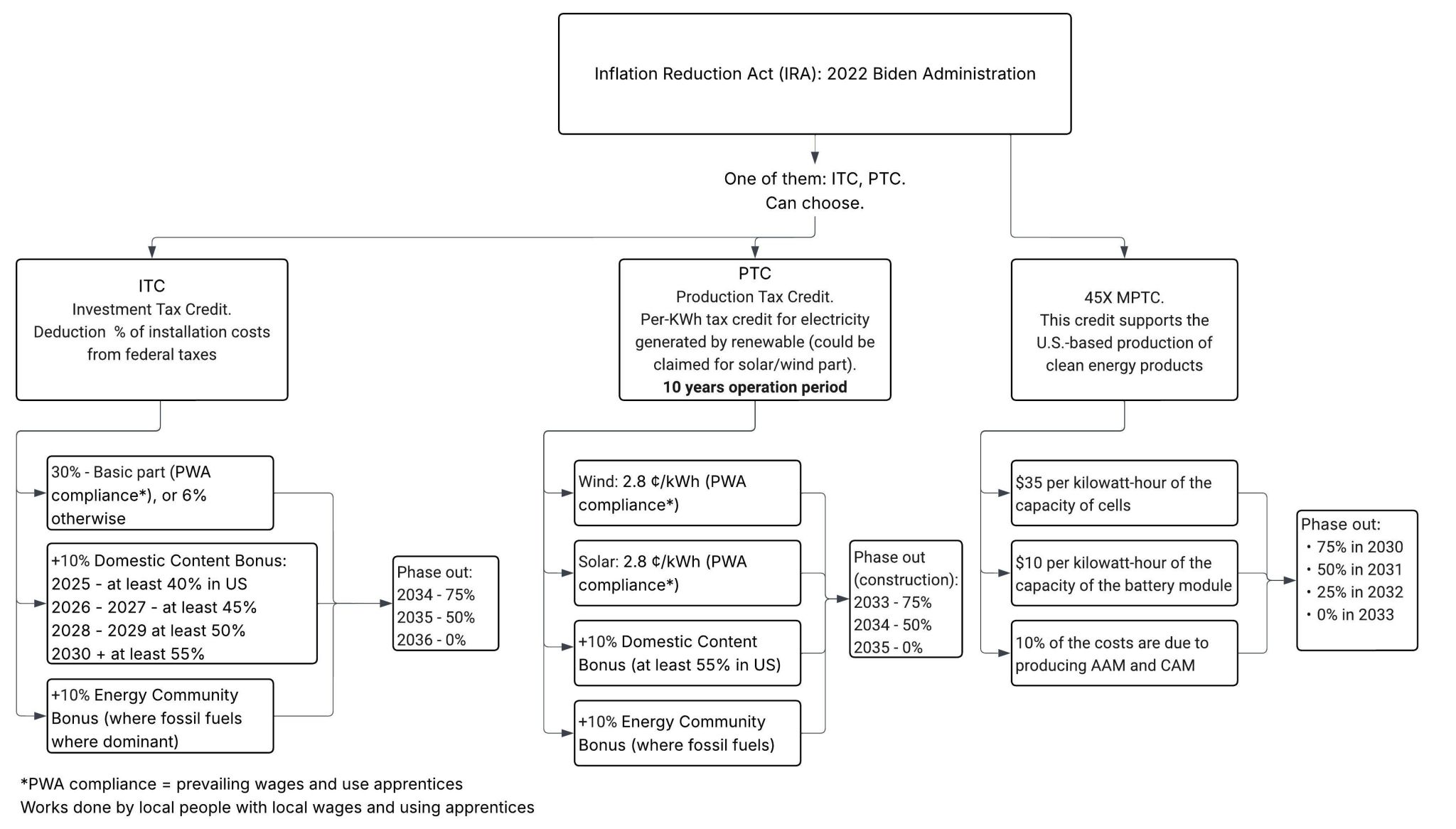Can we truly halt climate change?
As mentioned in a previous post, temperatures are on the rise, but can we really stop it in the short to mid-term?
In three words: Unfortunately, we cannot.
CO2 emissions are considered a primary cause of temperature increase. The accompanying graph shows the contributions of various countries divided into 3 big blocks. As you can see, while the US and Europe are gradually reducing their contributions, increases from other countries are negating these efforts.

Will China and India reduce their emissions?
China is now prioritizing green energy, influenced by its internal policy and environmental challenges, suggesting a potential slowdown in emissions soon. Conversely, India will likely accelerate its growth, thereby increasing CO2 production.
A point often overlooked by many professionals in the Western world is that environmental concerns are secondary when basic needs are unmet. Let’s remember Maslow's pyramid: you don’t care about the environment and a little bit hotter climate when you don’t have food on your plate. This perspective is prevalent in the developing world, where survival often takes precedence over environmental issues. Mental change from one state of the world’s perception of another takes a long time, sometimes generations.
So, what are the future trends?
- The US and Europe are expected to continue reducing their CO2 emissions. However, the AI revolution could boost demand for data centers for the next decade (look at NVDA stock), thereby increasing energy needs and CO2 emissions.
- China is anticipated to decelerate and begin reducing emissions.
- Rapid development in India and Southeast Asia will likely lead to a significant increase in CO2 emissions, offsetting reductions in China, Europe, and North America.
While the world is beginning to confront climate issues, there appears to be no short-term solution to these challenges. At least for now.
#globalwarming #climatechange #saveplanetearth #saveplanet #renewableenergy #future





